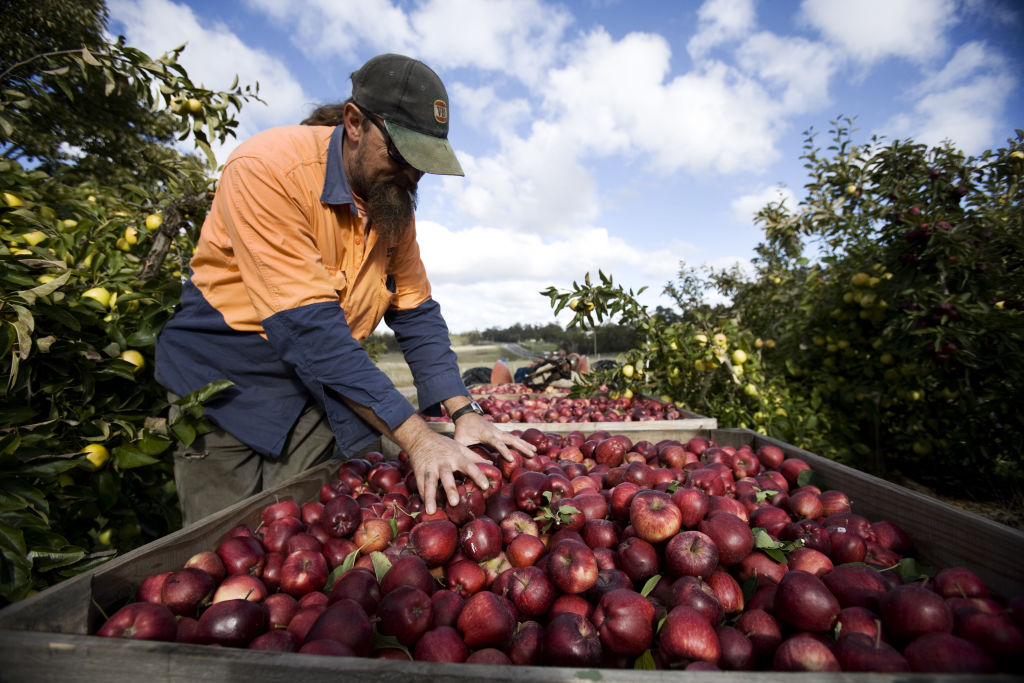
Agriculture workers: Taking steps to solve a labour shortage
One farm owner is currently building a new house for his manager, to make it more appealing for him to stay in the role. Another is constructing new airconditioned sheds to attract the most skilled shearers. And yet another is putting a promising young worker through college in the hope of training, and retaining, him.
With labour shortages being felt throughout the nation’s farms, the industry is investing in new strategies to either woo labour or to manage without it.
“We’re now seeing a lot of investment in infrastructure and better equipment with the tax write-offs available,” says Sam Triggs, rural property sales manager with Inglis Rural Property.
“Farmers have tooled up, hoping to attract good labour. They’re now often offering incentives like education and improving people’s skillsets to keep them longer too.
“But they’re also turning them into less labour-intensive enterprises with mechanisation. For instance, in cotton-picking, one machine can now do three people’s jobs.
“They’re also changing directions. They might run more cross-bred sheep, with more Dorpers and other shedding sheep, rather than merinos which need shearing.”
The recent Economic and Political Outlook 2022 report from the Committee for Economic Development of Australia (CEDA) found that job vacancies and job ads in the farming sector are at record, or multi-decade, highs – even despite population flows to the regions during the pandemic.
These are mostly a result of the closure of international borders in March 2020, keeping our usual annual intake of 120,000 backpackers out, as well as so many of our sheep-shearers from New Zealand and seasonal horticultural workers from the Pacific Islands.
In addition, interstate workers were shut out and many grey nomads, who’d previously spend time during their travels working on farms, felt too vulnerable to move around.
National Farmers Federation general manager workplace relations and legal affairs Ben Rogers says that, depending on the commodity, up to 80 per cent of horticulture is dependent on the seasonal workforce.
“So when you see these kind of numbers, the broader issue about shortages, which pre-existed COVID, is: Do you want to be so reliant on overseas workers?” he says.
“We’re focussing on cultivating our local and domestic workforce, and we really want to professionalise the workforce and labour practices on farms. It’s happened a little bit, but it’s lagging behind other industries.”
There are a number of schemes in play to help bring more workers into the agricultural industry, like AgMove for relocation assistance, AgATTRACT to change perceptions and showcase career opportunities, and AgCAREERSTART to help young Australians start in agriculture in their gap year.
There’s also a lot of attention being paid to the development of a new agricultural visa scheme too, while border re-openings should also help with the crisis.
“I think we just need to get back as close as we can to the ‘old normal’,” says Danny Thomas, LAWD specialist sale advisor for large-scale agricultural holdings and agribusinesses. “We need to rectify how people can come into the country and do the things we were doing before the pandemic. If it’s not broke, don’t fix it.”
He believes wages growth – with the rates of some harvest workers in Perth going from $30 an hour to $45 because of the shortages – will also bring in more labour, while workers are becoming more sophisticated, often having to operate plant and equipment worth millions.
This story is part of our April Agribusiness Feature. Read more of the stories here.










